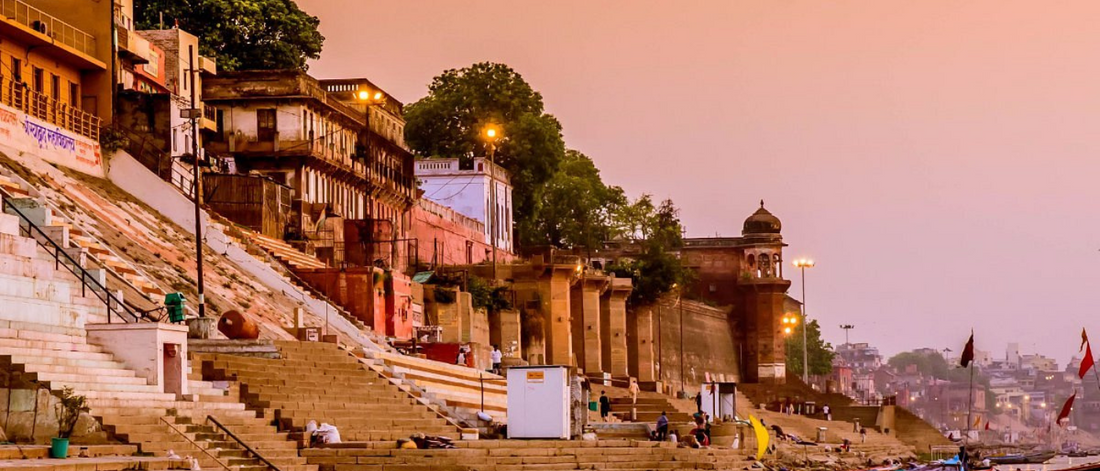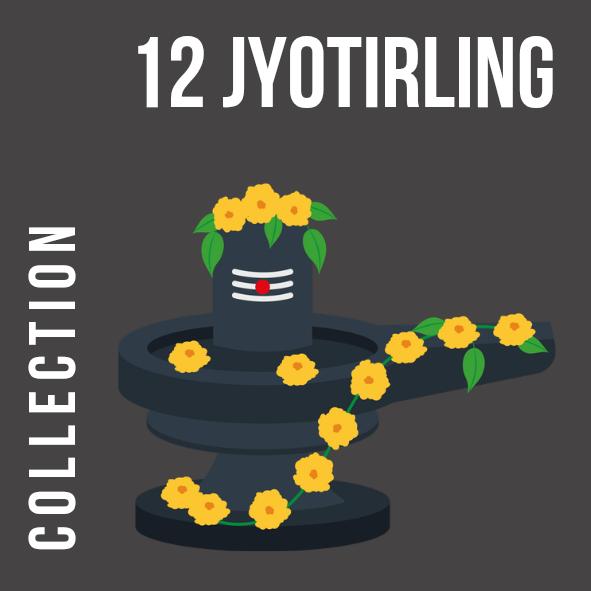
Serenity at Sunrise: The Spiritual Charm of Assi Ghat
Share
A Tranquil Confluence of Sacred Waters
Assi Ghat, where the Assi River merges with the sacred Ganges, is a serene haven in Varanasi, revered in Sanatan Dharma for its purifying powers. At sunrise, the ghat comes alive with pilgrims offering prayers, performing rituals, and bathing in Ganga’s holy waters, seeking spiritual cleansing and divine blessings.
The golden hues of dawn reflect on the river, accompanied by the gentle sound of Vedic chants and the ringing of temple bells nearby. Boats float quietly, carrying devotees who immerse themselves in the sacred confluence. Assi Ghat offers a peaceful retreat from Varanasi’s bustling energy, inviting pilgrims to connect with the eternal flow of the Ganges and the timeless traditions of Sanatan Dharma.
A Legacy of Sacred Significance
Assi Ghat’s history is deeply rooted in ancient Hindu texts, with the Matsya Purana listing it among Varanasi’s five sacred tirthas (pilgrimage spots) for liberation, dating its significance to Vedic times, as noted in the card’s description. Archaeological evidence suggests the ghat has been a site of spiritual activity since at least the 5th century BCE, with its name derived from the Assi River, a tributary of the Ganges.
Local legends recount a sage who meditated here for centuries, and upon Ganga’s request, the Assi River appeared to aid his penance, sanctifying the spot forever. Over time, Assi Ghat has evolved into a vibrant cultural hub, hosting events like the Ganga Mahotsav festival, while remaining a sacred space for daily rituals.
The Spiritual Essence of Purification
Assi Ghat holds a special place in Sanatan Dharma as a site of spiritual purification, where the Ganges is believed to cleanse sins and grant divine blessings. Devotees hold that bathing here, especially at sunrise, purifies the body and soul, aligning with the Hindu belief in the Ganges as a goddess who absolves worldly impurities.
The ghat’s sanctity is heightened by its association with the five tirthas, a pilgrimage circuit that promises moksha. Many pilgrims perform rituals like tarpana (offerings for ancestors) here, believing the act brings peace to departed souls. The serene ambiance, filled with the sound of mantras and the gentle lapping of the river, offers a sacred space for reflection and spiritual renewal.
Experiencing Assi Ghat’s Morning Magic
Visiting Assi Ghat at sunrise is a transformative experience, capturing Varanasi’s spiritual essence in its quietest form. Arrive around 5:30 AM to witness the first light as pilgrims bathe in the Ganges and priests perform rituals on the ghat’s steps. The air resonates with Vedic chants and the fragrance of flowers offered to the river. You can join in by offering a small diya (lamp) into the Ganges, a common practice symbolizing devotion (available for ₹10-20 from nearby vendors).
Dress modestly, covering shoulders and legs, and wear comfortable shoes, as the steps can be slippery. For a unique perspective, hire a boat for ₹150-200 to watch the sunrise from the river, immersing yourself in the ghat’s serene beauty.
Connect with Varanasi’s Living Traditions
A visit to Assi Ghat offers a deep dive into Varanasi’s spiritual and cultural traditions. After the sunrise rituals, explore the ghat’s surroundings to find artisans selling small brass diyas or Ganga jal containers, reflecting the city’s heritage crafts as featured in the collection. If visiting during the Ganga Mahotsav festival in November, you’ll experience classical music, dance, and lamp offerings, celebrating the river’s divinity.
Nearby, the Tulsi Ghat, a short walk away, hosts yoga sessions and cultural events, adding to the area’s vibrancy. Pair your visit with a stop at the nearby Durga Temple, about 1 km away, to continue your spiritual journey, connecting with the diverse sacred practices that define Varanasi’s heritage.
Plan Your Visit to Assi Ghat
Assi Ghat is at the southern end of Varanasi’s ghats, a 20-minute auto-rickshaw ride from Dashashwamedh Ghat (around ₹100-150). It’s accessible 24/7 with no entry fee, but sunrise is the best time to visit for a peaceful experience. Boats are readily available for hire near the ghat for a riverside view—negotiate for the best rates.
Photography is allowed, but be respectful of devotees performing rituals. Bring a hat or scarf, as the morning sun can be intense, and watch your step on the ghat’s uneven surfaces. Use the Varanasi Sacred Seekers Series cards to plan your day, pairing this visit with nearby cultural sites for a fulfilling spiritual itinerary.



